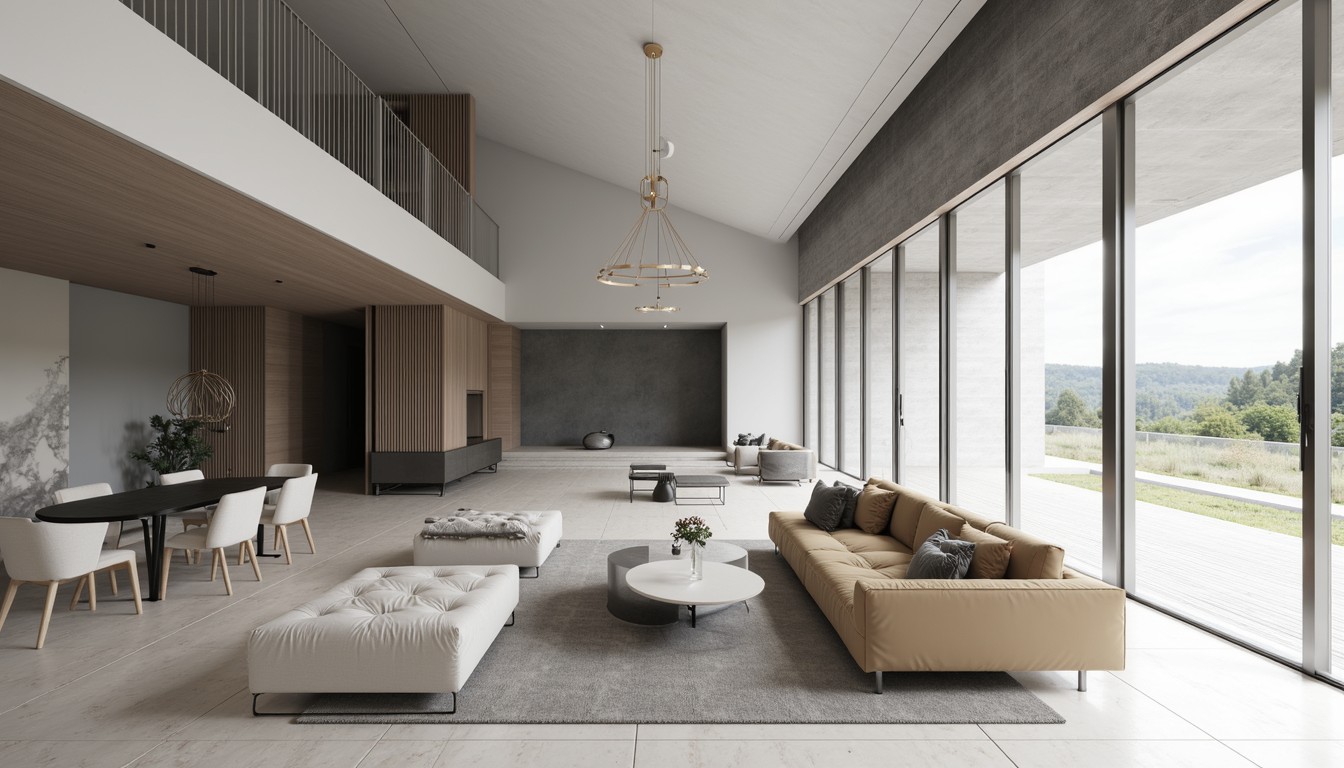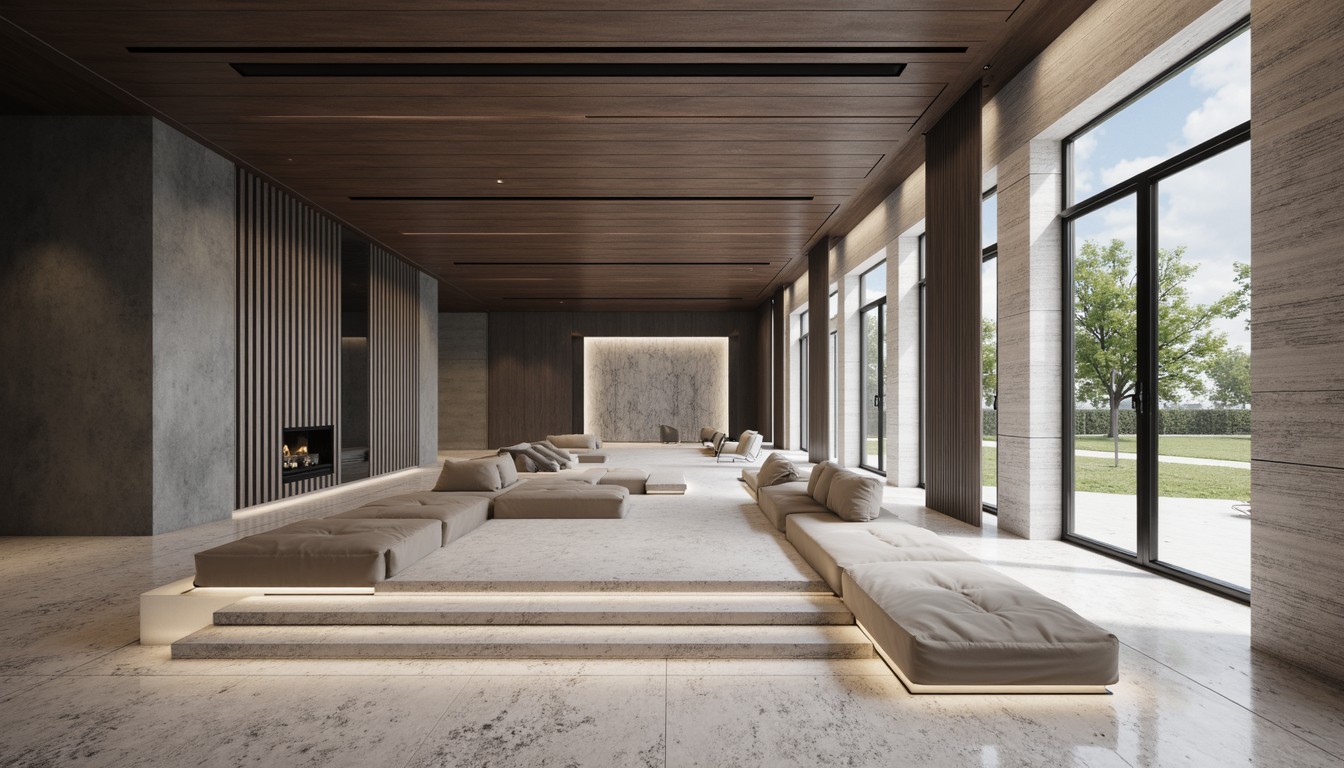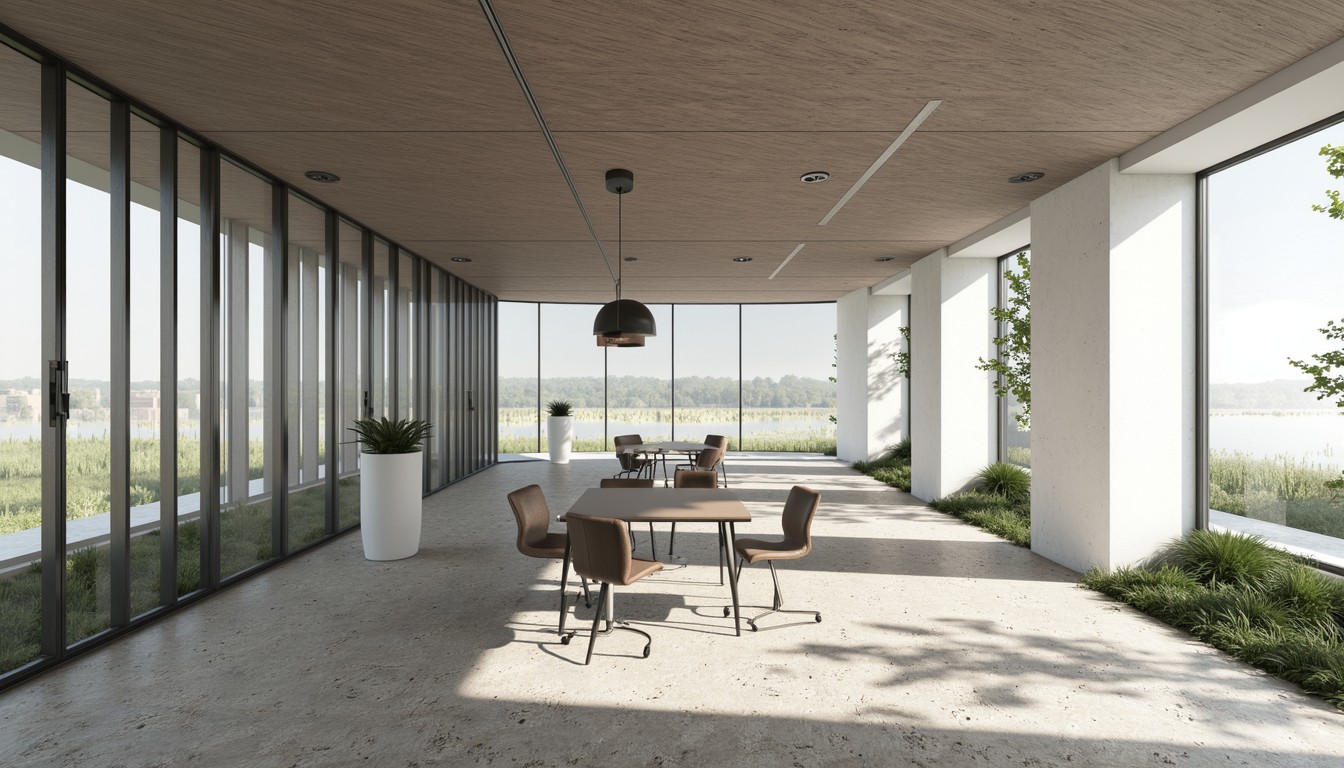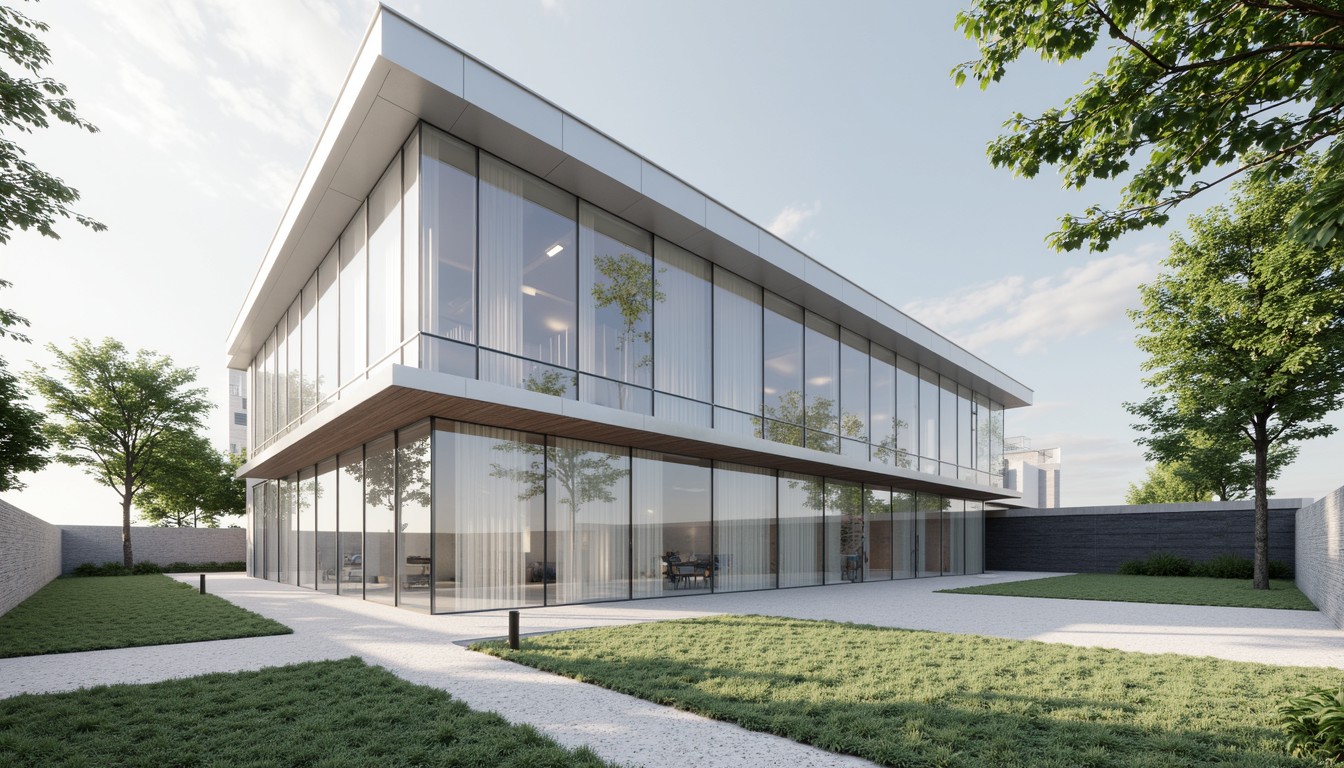VR in Architecture: Designing Tomorrow's Spaces
The architectural landscape is undergoing a dramatic transformation, driven by technological advancements that are redefining how we design, visualize, and experience built environments. At the forefront of this revolution is Virtual Reality (VR), a technology that's rapidly changing the way architects approach their projects. ArchNav, a pioneer in architectural visualization, is leveraging the power of VR to create immersive experiences that are reshaping the future of design.
Immersive Design and Collaboration: Beyond the Blueprint

Traditional architectural design relies heavily on 2D blueprints and static models, often failing to fully capture the spatial qualities and atmosphere of a building. VR offers a radical departure from this limitation. Architects can now step inside their digital creations, experiencing the space from any angle, at any scale. This immersive environment allows for a deeper understanding of spatial relationships, light penetration, material textures, and overall design flow. The ability to "walk through" a design before a single brick is laid is invaluable for identifying potential issues early in the design process, saving time and resources.
Furthermore, VR fosters unparalleled collaboration. Architects, clients, engineers, and contractors can all participate in virtual walkthroughs, providing real-time feedback and contributing to a more collaborative and informed design process. This shared immersive experience significantly reduces miscommunication and ensures that the final product aligns perfectly with the client's vision and project requirements. Imagine presenting a design to a client and actually *being* inside the space with them – the impact is undeniable.
Enhanced Design Iterations: Refining the Vision

The iterative nature of architectural design is greatly enhanced by VR. Making changes to a 2D blueprint often requires significant redrawing and re-rendering. In VR, however, modifications can be made instantly, allowing architects to experiment with different design options in real-time and observe their impact on the overall design. This iterative process leads to more refined and optimized designs, ensuring the creation of functional, aesthetically pleasing, and sustainable spaces.
For example, changes to window placement, material selection, or even the layout of furniture can be quickly implemented and evaluated within the VR environment. This allows architects to explore a wider range of design possibilities and make informed decisions based on immediate visual feedback, resulting in a more efficient and effective design process.
Client Engagement and Experience: Building Trust and Confidence
VR significantly improves client engagement and satisfaction. By providing clients with an immersive experience of their future space, architects can better communicate their design vision and build trust. Clients can visualize the finished product more realistically, leading to a deeper understanding of the design and a greater sense of ownership. This heightened engagement often translates into smoother project approvals and reduced revisions later in the process.
Imagine the impact of presenting a VR experience to a client considering a home renovation. They can walk through their redesigned kitchen, see how the natural light falls through the new windows, and even experience the feel of different flooring materials. This level of immersive engagement is far superior to traditional presentation methods and significantly strengthens the client-architect relationship.
Real-World Applications: From Residential to Commercial

The applications of VR in architecture are diverse and far-reaching. From designing residential homes and commercial buildings to creating museum exhibits and urban planning projects, VR is transforming the entire architectural spectrum. ArchNav's expertise covers a wide range of applications, including:
- Residential Design: Creating immersive walkthroughs of homes, allowing clients to visualize their future living spaces.
- Commercial Design: Designing office spaces, retail environments, and hospitality settings with enhanced collaboration and client engagement.
- Urban Planning: Visualizing urban developments and cityscapes, allowing stakeholders to understand the impact of proposed projects on the surrounding environment.
- Restoration and Heritage Preservation: Creating digital twins of historical buildings to aid in preservation efforts and restoration planning.
The Future of Architectural Design with ArchNav
VR technology is rapidly evolving, and its integration into architectural design is only going to become more sophisticated and widespread. At ArchNav, we are at the forefront of this exciting development, constantly exploring and implementing the latest VR innovations to deliver unparalleled architectural visualization services. We are committed to providing our clients with the most advanced and immersive VR experiences, enabling them to design and experience tomorrow's spaces today.
Contact ArchNav today to learn how we can leverage the power of VR to transform your next architectural project.
